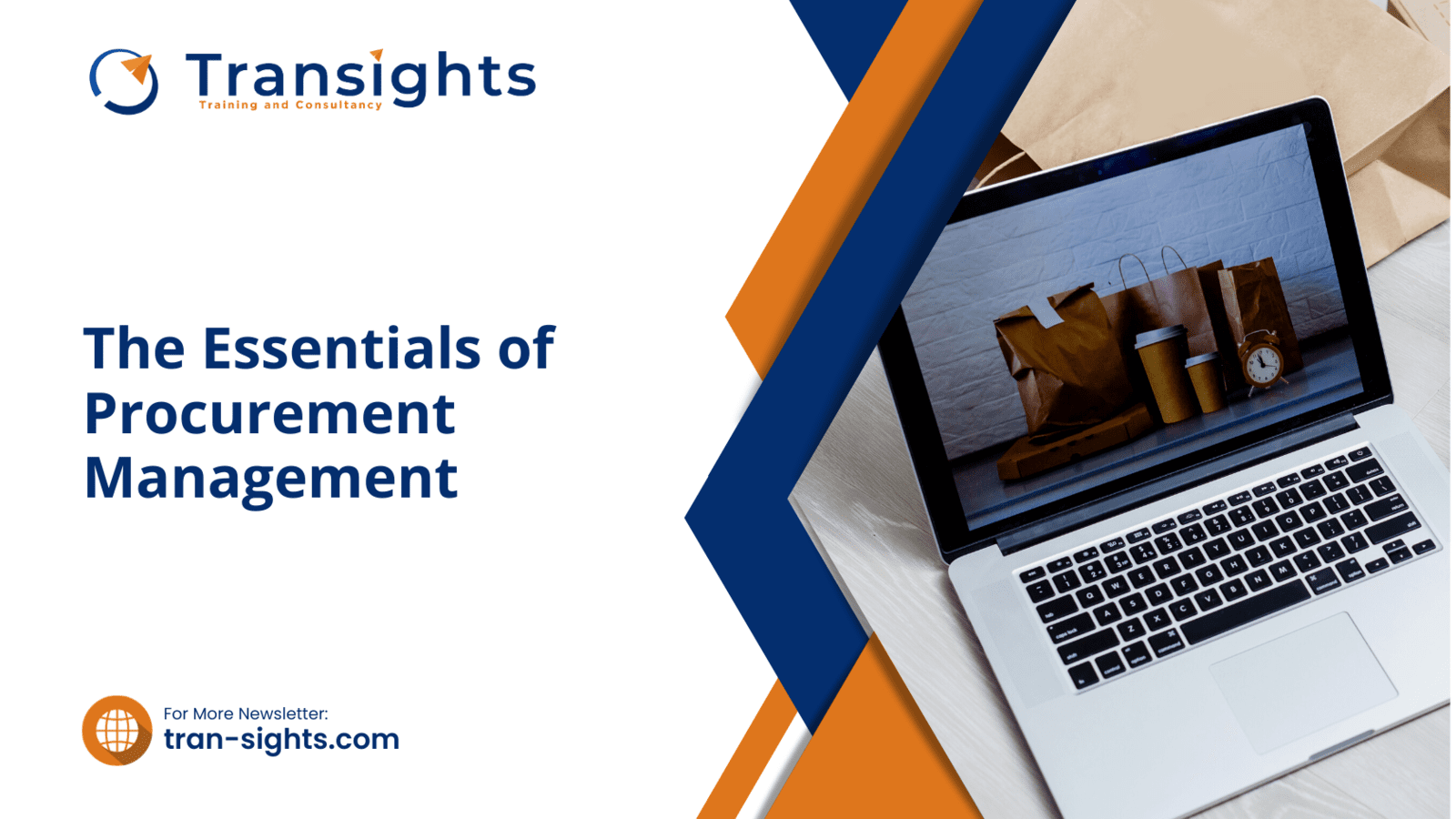
Procurement management plays a pivotal role in the success of any project, ensuring that organizations obtain the necessary goods, services, and resources efficiently and cost-effectively. In today's dynamic business environment, effective procurement management is crucial for achieving strategic goals, managing risks, and maintaining a competitive edge. This article explores the key components of procurement management and provides insights into best practices for optimizing the procurement process.
Strategic Planning:
Successful procurement management begins with strategic planning. Organizations must align their procurement strategies with overall business objectives. This involves understanding the project's requirements, assessing risks, and identifying potential suppliers. A well-defined procurement strategy lays the foundation for informed decision-making throughout the procurement lifecycle.
Procurement Processes:
Procurement processes encompass a series of steps from identifying needs to contract closure. These processes typically include:
- Identification of Needs: Clearly defining project requirements and specifications.
- Supplier Identification: Identifying potential suppliers through market analysis and research.
- Solicitation of Bids: Requesting proposals from suppliers and evaluating responses.
- Contract Negotiation: Negotiating terms, conditions, and pricing with selected suppliers.
- Contract Administration: Managing contracts throughout their lifecycle, ensuring compliance and addressing issues as they arise.
Risk Management:
Effective procurement management involves identifying and mitigating risks associated with the procurement process. This includes risks related to supplier performance, market fluctuations, geopolitical factors, and regulatory changes. A comprehensive risk management plan helps organizations anticipate and address potential challenges, minimizing the impact on project timelines and budgets.
Supplier Relationship Management:
Building strong relationships with suppliers is essential for long-term success. Organizations should not view suppliers merely as transactional partners but as strategic allies. Communication, collaboration, and mutual trust are key elements of successful supplier relationship management. Regular performance evaluations, feedback mechanisms, and continuous improvement initiatives contribute to building sustainable partnerships.
Technology Integration:
Embracing technology is crucial for streamlining procurement processes. Procurement management systems (PMS) and e-procurement tools can automate tasks, enhance transparency, and improve data accuracy. The integration of artificial intelligence (AI) and data analytics further enables organizations to make data-driven decisions, optimize supplier performance, and identify cost-saving opportunities.
Compliance and Ethics:
Adhering to legal and ethical standards is paramount in procurement management. Organizations must comply with regulations, industry standards, and internal policies to avoid legal repercussions and reputational damage. Implementing a robust compliance program ensures fair and transparent procurement practices while upholding ethical standards.
Performance Measurement:
Regularly assessing and measuring the performance of the procurement process is essential for continuous improvement. Key performance indicators (KPIs) such as cost savings, supplier performance, and procurement cycle time provide insights into the effectiveness of the procurement function. Analyzing these metrics helps organizations identify areas for improvement and optimize their procurement strategies.
Conclusion:
In conclusion, effective procurement management is a cornerstone of project success. By strategically planning, implementing efficient processes, managing risks, nurturing supplier relationships, embracing technology, ensuring compliance, and measuring performance, organizations can create a robust procurement framework. Continuous improvement and adaptability are key as the procurement landscape evolves, enabling organizations to stay agile and achieve their strategic objectives in an ever-changing business environment.

